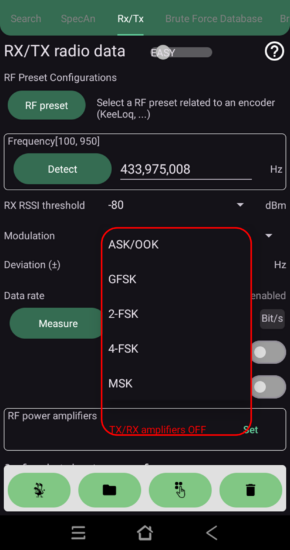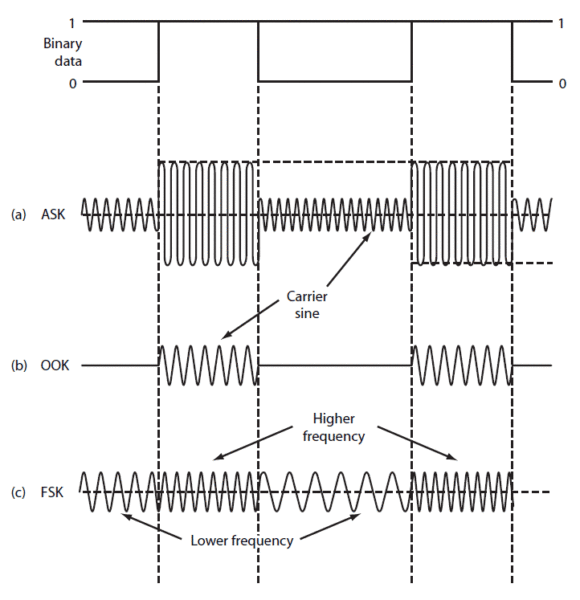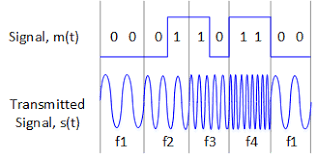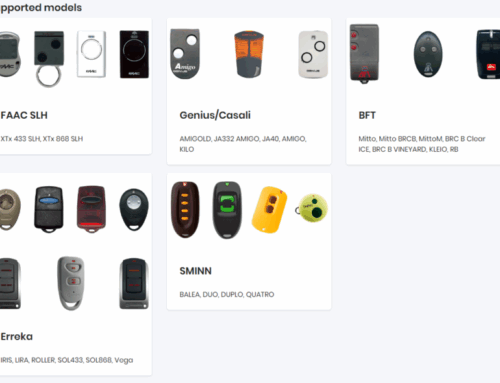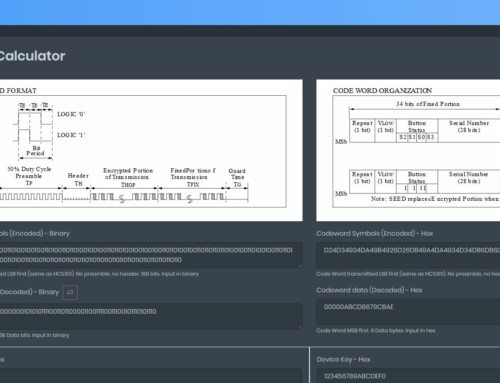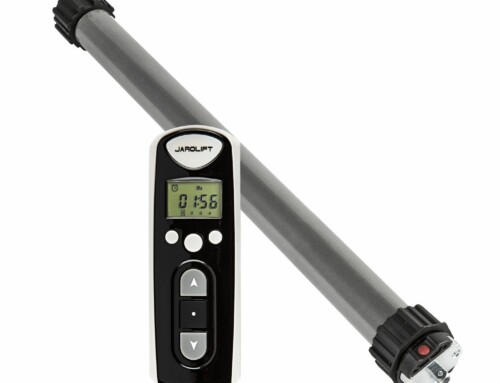Dear PandwaRF users,
When using our products (PandwaRF Rogue or Marauder), selecting the appropriate modulation type is crucial for optimal signal acquisition. In fact it is also true for any non-SDR transceiver. In this post, we will explain the different modulation types supported by the PandwaRF familly and how each one works. We will keep it simple yet detailed so that you can select the correct one when capturing data.
What is Modulation?
Modulation is the process of changing a carrier signal in order to transmit data. It allows a simple transfer of the information from the transmitter to the receiver. This can be done by changing the signal’s amplitude (AM), frequency (FM), or phase (PM) (*).

Source : Berserkerus, via Wikimedia Commons
*: we will not enter into the details of complex modulations where several parameters are changing.
Modulation Types Supported by PandwaRF Rogue/Marauder
The most common modulation for remote controls is Amplitude Shift Keying (ASK), more precisely the simpliest version On-Off Keying (OOK), followed by Frequency Shift Keying (FSK). However, other types of modulation may be encountered.
Amplitude Shift Keying/On-Off Keying (ASK/OOK)
- ASK is a type of modulation where the amplitude of the carrier signal varies with the data signal. In simple terms, the signal will have a different amplitude depending on the binary data (1 or 0).
- OOK is a form of ASK where the carrier signal is either fully ON (to transmit a binary one ‘1’) or fully OFF (to transmit a binary zero ‘0’).
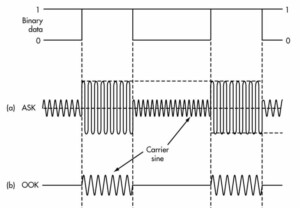
Source : Maksudjon Usmonov
As you can see on the image, the amplitude of the signal varies depending on the incoming binary data.
In a spectrum analyzer, an OOK signal will have a single peak of power.
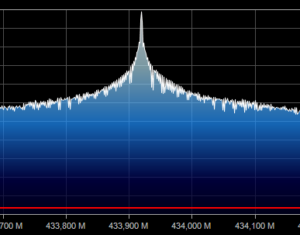
Signals transmitted with OOK modulation (or AM in general) are very susceptible to noise: a glitch in the amplitude has a huge impact on the demodulated data and can cause a bit error.
OOK modulation is used by approximately 70% of the keyfobs we have analyzed at ComThings.
Frequency Shift Keying (FSK)
FSK uses different frequencies to represent binary data. A common variant is 2-FSK, where two distinct frequencies : one for the transmission of a binary 0 and the other for the transmission of a binary 1.
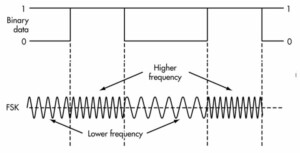
Source : Maksudjon Usmonov from Rearch gate
As you can see, the amplitude of the signal remains the same, it is the frequency of the signal that changes.
In a spectrum analyzer, a 2-FSK signal will have 2 peaks of power.
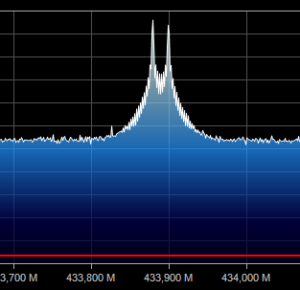
If it was 4-FSK modulation, there would be 4 different frequencies. This can occur when there are patterns of binary data.
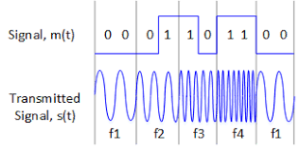
4-FSK modulation – Source : cdt21.com
Signals transmitted with FSK modulation are more robusts because they are less susceptible to noise: a glitch in the amplitude has no impact on the demodulated data.
2-FSK modulation is approximately 20% of the keyfobs we have analyzed at ComThings.
Gaussian Frequency Shift Keying (GFSK)
GFSK is a variation of FSK that uses a Gaussian filter to smooth out the frequency transitions. This reduces the bandwidth and makes the signal more efficient and less prone to interference.
We have not seen this modulation used in the keyfobs we have analyzed as it is a bit too much complexity for basic remote controls.
Minimum Shift Keying (MSK)
MSK is a type of continuous phase FSK where the frequency deviation is minimised to half the bit rate. This results in a more bandwidth-efficient signal.
This modulation type requires a synchronisation in both frequency and phase, which complexifies the emitter and the receptor.
Like GFSK, we have not seen this modulation used in any keyfobs.
Warning
Capturing RF data with the wrong modulation will often return what may looks like a correct demodulated binary stream. But the data will always be incorrect.
Don’t fall into the trap.
Conclusion
It is better to know the modulation type of the device you want to capture RF data from. If you are not familiar with it, try using our app with ASK/OOK modulation. If it still does not work, then try 2-FSK.
Understanding the different modulation type is key to making the most out of your PandwaRF device.
Modulation types are specified in the supported devices page of Kaiju : https://rolling.pandwarf.com/supported-gate-openers
TL;DR
Always try first capturing data in ASK/OOK modulation. Only if it does not work, try 2-FSK.
We hope this guide helps you understand the basics of modulation types and aids you in setting the right one for your RF capture.


